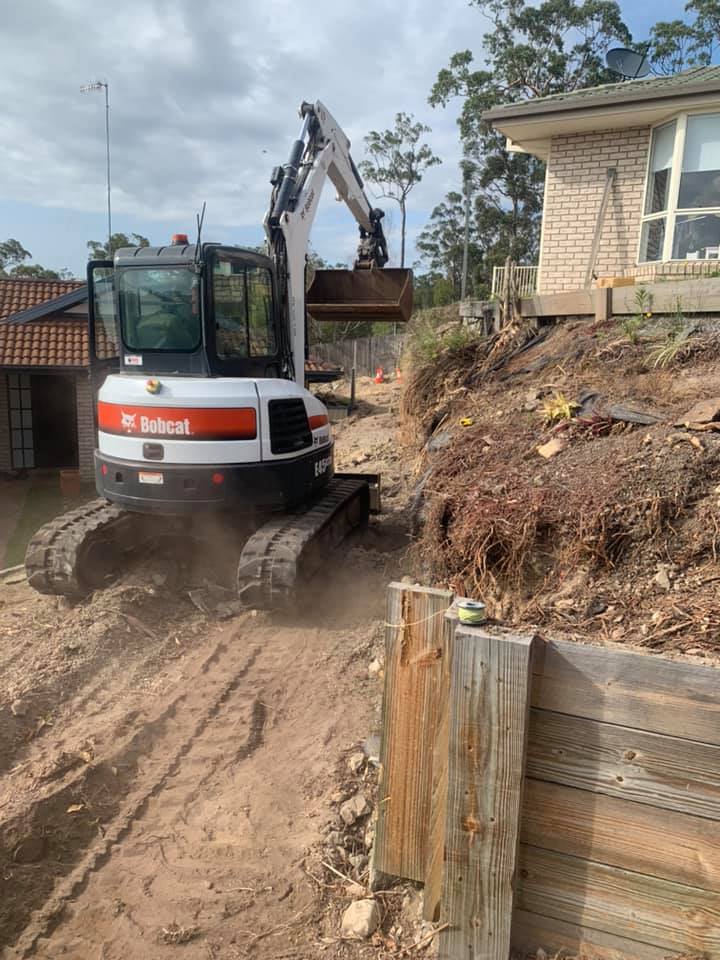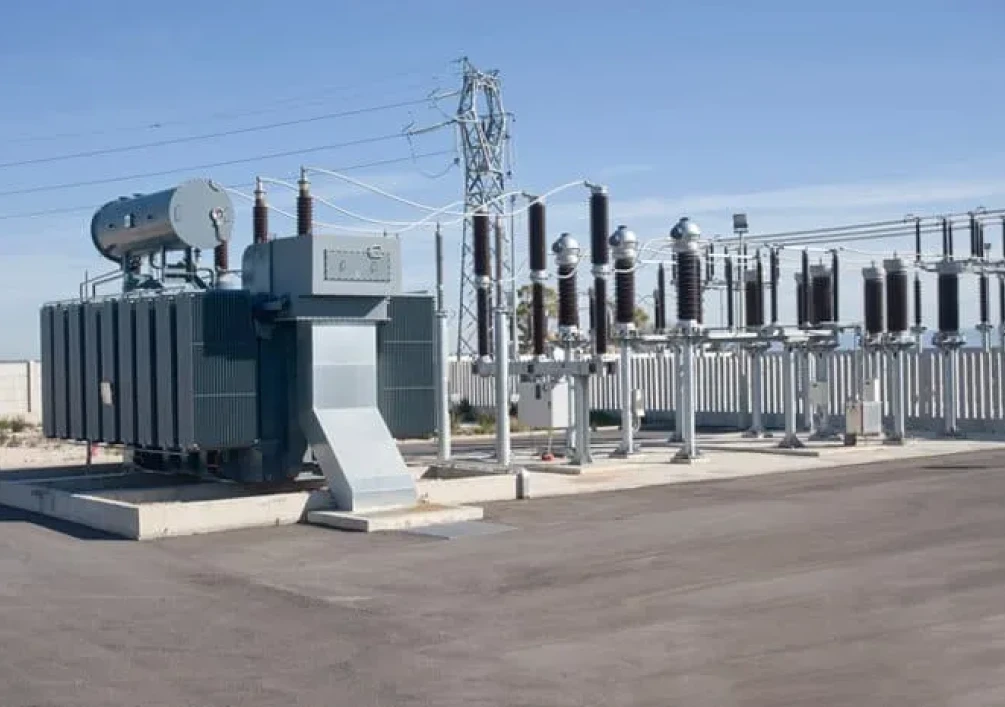
Subcontractor participation isn’t just a technical requirement tucked away in a project’s fine print—it’s a core part of delivering public and private construction work responsibly and effectively. From local infrastructure improvements to large-scale school modernizations and commercial builds, project owners and general contractors are expected to involve qualified subcontractors, especially small businesses, in a way that’s meaningful, measurable, and traceable.
But let’s be honest: achieving subcontractor participation success is easier said than done. Most teams are still dealing with fragmented processes, scattered spreadsheets, and compliance demands that change from one agency to the next. And subcontractors themselves? They often feel like they’re being handed paperwork instead of real opportunity.
That’s why success today looks different. It’s not just about meeting percentages. It’s about building real working relationships with subcontractors, making sure their contributions are visible and verifiable, and using digital tools that take the guesswork out of participation tracking.
Let’s break it down.
What Subcontractor Participation Really Means on a Jobsite
When people hear “subcontractor participation,” they often think about quotas or minimum goals required by funding agencies or project owners. But the real meaning goes much deeper.
Participation means a subcontractor is:
-
Performing actual, scoped work on the project
-
Using their own crews, equipment, or management
-
Handling responsibilities from start to finish (not just acting as a pass-through)
-
Being paid fairly and on time
-
Included in project documentation, schedules, and communications
When subcontractor participation is done right, it helps projects reflect the real economy around them. It also prevents risk—because owners and auditors are looking closely at whether subcontractors are doing the work they were hired to do, not just listed on paper to meet goals.
The Real Challenge: Old Systems Don’t Match Today’s Expectations
Too many project teams still manage subcontractor participation manually—through folders of PDFs, back-and-forth emails, or isolated spreadsheets that only one person knows how to update.
This creates several problems:
-
Errors in CUF (Commercially Useful Function) compliance
-
Delayed reporting that doesn’t hold up in audits
-
Limited visibility for subcontractors, leading to frustration and missed opportunities
-
Extra time spent chasing documents, verifying work, or defending goals
In the field, it means teams are trying to track labor, scope, equipment, and hours without a system designed to do it all in one place. In the office, it means compliance staff are doing last-minute fire drills just to prepare monthly reports.
The result? Missed goals, strained relationships, and project risks that could’ve been avoided with a better system.
How SaaS Platforms Are Changing the Game
SaaS (Software as a Service) platforms are bringing real structure to subcontractor participation—offering cloud-based tools that streamline everything from onboarding to CUF verification, time tracking, and compliance documentation.
Instead of piecing together a patchwork of tools, general contractors can use one centralized system to:
-
Digitally onboard subcontractors, including licenses, certifications, scopes, and insurance
-
Track subcontractor labor and material contributions in real time
-
Verify Commercially Useful Function (CUF) through check-ins, timesheets, and workforce logs
-
Generate participation reports for project owners or public agencies without manual data pulls
-
Flag gaps or issues early so corrections happen during—not after—the project
These tools are built to handle complexity while staying easy to use. That means field foremen can enter data quickly, compliance managers can view dashboards with a few clicks, and subcontractors can focus on what they do best—getting the job done.
A Real-World Look: What Success Looks Like with the Right Tools
Let’s say a general contractor is managing a school construction project in California. The project requires 25% participation from small subcontractors with CUF verification. With a SaaS tool in place, the team is able to:
-
Onboard subcontractors with digital forms and scope assignment in under 24 hours
-
Track who is on the jobsite using geo-tagged time logs submitted via mobile
-
Automatically flag if a subcontractor has not logged labor hours for several days
-
Store all backup files—contracts, insurance, payroll certs—in one secure system
-
Generate a clean, audit-ready CUF participation report at the end of each month
The result? No last-minute reporting scramble. No compliance gaps. Just clarity and control, both in the office and on the jobsite.
What to Look for in a Subcontractor Participation Platform
Not all software is created equal. If you’re evaluating platforms to improve subcontractor participation, here are a few must-haves:
✔ User-Friendly Design
Subcontractors, compliance managers, and field crews should all be able to use it—without needing a 40-page manual.
✔ CUF Tracking Tools
The platform should let you assign scopes, verify labor, and show that each subcontractor is performing meaningful work.
✔ Mobile Access
Crews in the field should be able to log hours, submit updates, and upload documentation straight from their phones.
✔ Dashboards and Alerts
Project teams need real-time insight into how participation is going—what’s working and what’s at risk.
✔ Document Management
All project documents should live in one place: contracts, certs, payroll, and compliance records—searchable and secure.
Participation Is More Than a Number—It’s a Commitment
True subcontractor participation success isn’t about checking boxes. It’s about building a culture of accountability, opportunity, and results.
When subcontractors are supported with clear scopes, timely communication, and the tools to prove their work, everyone benefits. The project moves faster. The paperwork holds up in audits. And the people doing the work feel seen, respected, and part of the mission.





